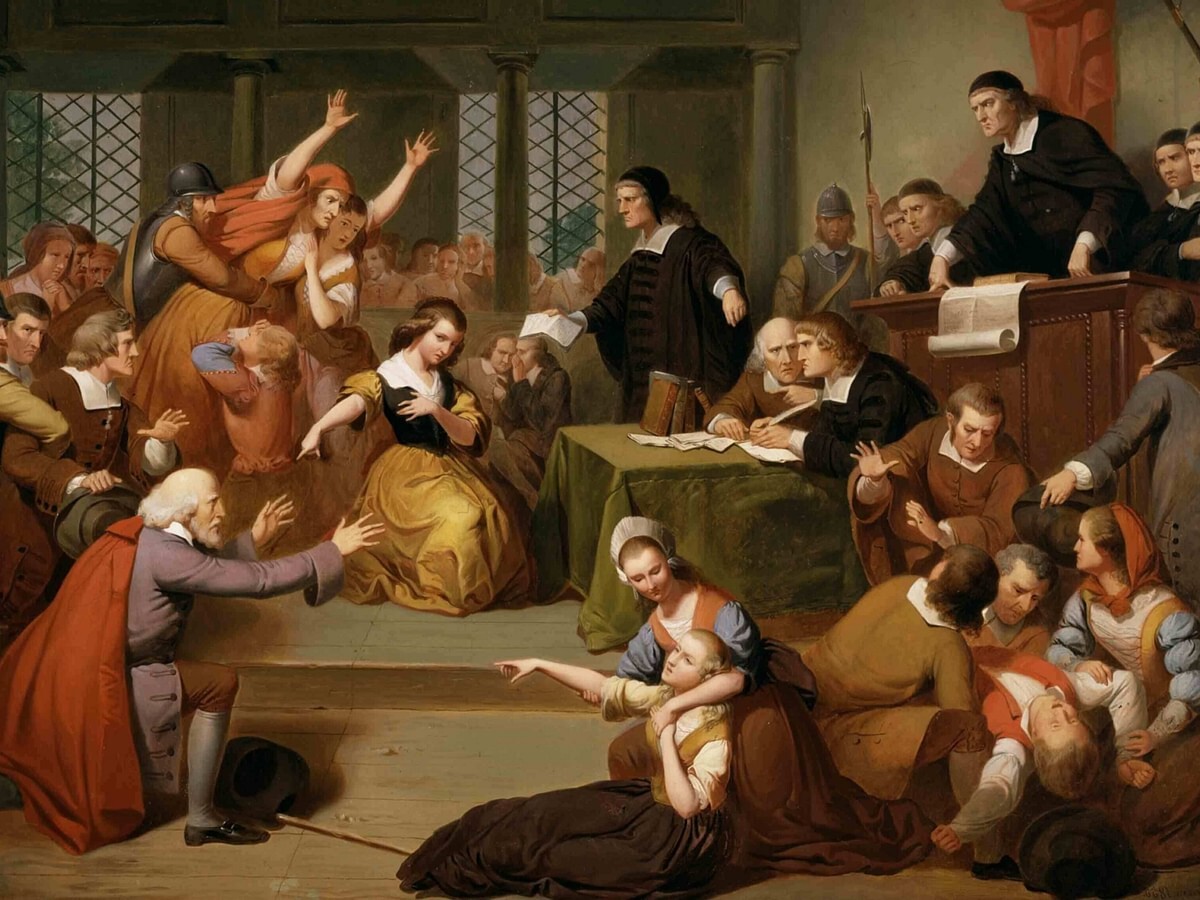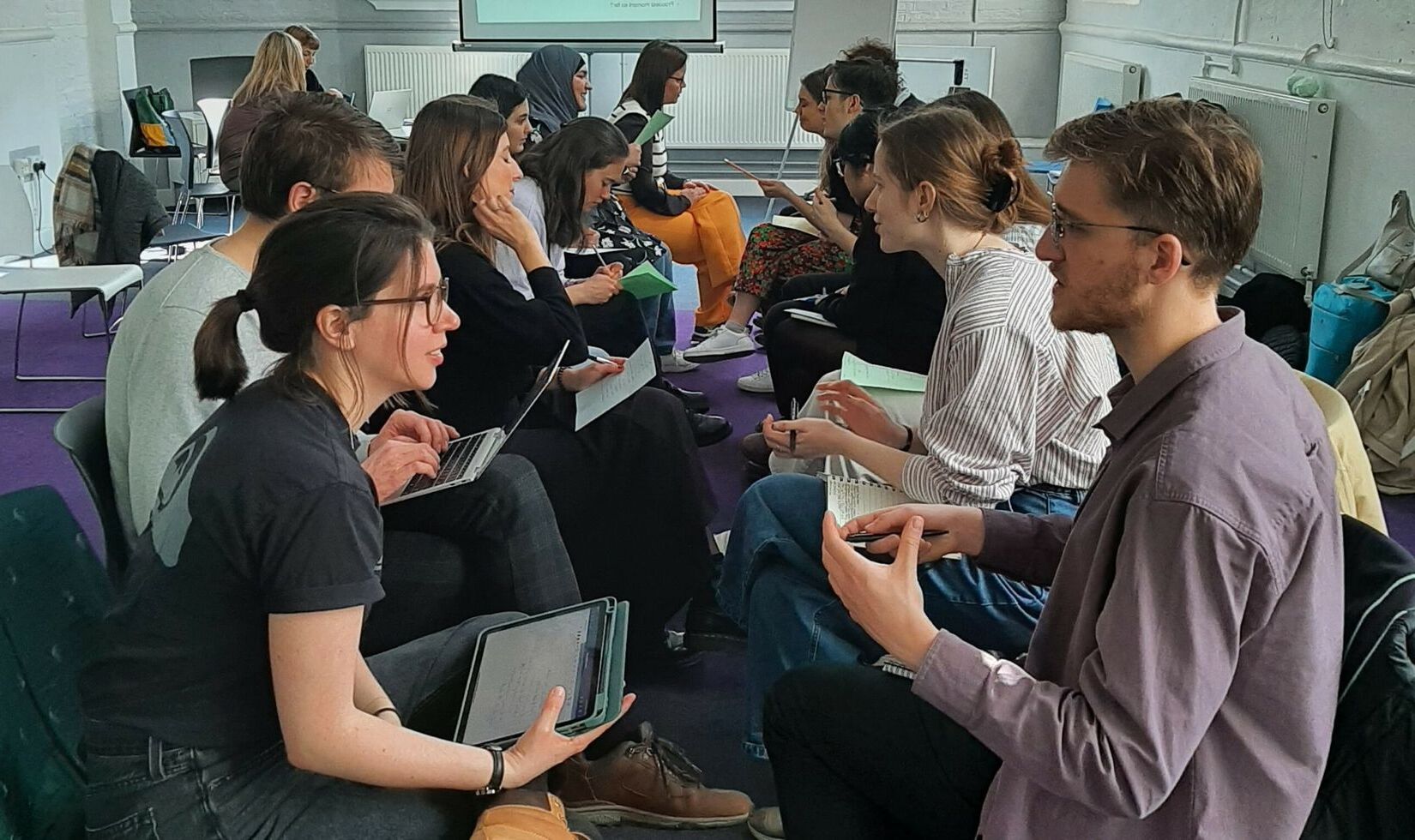
Witch trials have fascinated and horrified people for centuries. These dark chapters in history reveal much about human nature, fear, and the quest for power. From the infamous Salem Witch Trials in Massachusetts to lesser-known events in Europe, these trials often led to tragic outcomes for the accused. But what really happened during these trials? Why were so many people, mostly women, accused of witchcraft? Were witches real, or were these accusations based on superstition and hysteria? This blog post dives into 35 intriguing facts about witch trials, shedding light on the truth behind the myths and misconceptions. Get ready to uncover the eerie and often shocking details of these historical events.
Key Takeaways:
- Witch trials were a dark and terrifying part of history, with thousands of innocent people accused and persecuted. Superstition, fear, and injustice played a significant role in these tragic events.
- The decline of witch trials was influenced by the Enlightenment, legal reforms, and changing public opinion. Today, we study these events to understand the dangers of mass hysteria and the abuse of power.
Witch Trials: A Dark Chapter in History
Witch trials have fascinated and horrified people for centuries. These events, often marked by fear, superstition, and injustice, reveal much about human nature and societal norms of the past. Here are some intriguing facts about witch trials that shed light on this grim period.
-
The most famous witch trials occurred in Salem, Massachusetts, in 1692. Twenty people were executed, and many others were imprisoned.
-
Witch hunts were not confined to the United States. Europe experienced its own wave of witch trials, with Germany, France, and Scotland being notable hotspots.
-
The Malleus Maleficarum, published in 1487, was a guidebook for identifying and prosecuting witches. It played a significant role in the spread of witch hunts.
-
In Europe, an estimated 40,000 to 60,000 people were executed for witchcraft between the 15th and 18th centuries.
-
Women were disproportionately targeted during witch hunts. Approximately 75% to 85% of those accused and executed were women.
Methods of Identifying Witches
The methods used to identify witches were often bizarre and cruel. These practices reflected the superstitions and fears of the time.
-
One common method was the "swimming test." Accused witches were thrown into water; if they floated, they were deemed guilty.
-
Another method involved searching for a "witch's mark" on the body. This mark was believed to be a sign of a pact with the devil.
-
The "touch test" was also used. If a victim of witchcraft experienced a reaction when touched by the accused, it was seen as proof of guilt.
-
Confessions were often extracted through torture. Many accused witches confessed to avoid further pain.
-
Witch prickers used needles to poke suspected witches, looking for insensitive spots that would not bleed, believed to be marks of the devil.
Famous Witch Trials and Their Outcomes
Several witch trials have become infamous due to their scale, brutality, or the notable figures involved.
-
The Pendle Witch Trials of 1612 in England led to the execution of ten people. It remains one of the most famous witch trials in English history.
-
In 1634, the Loudun Possessions in France saw several nuns accused of being possessed by demons. The priest Urbain Grandier was executed as a result.
-
The Würzburg and Bamberg witch trials in Germany, during the early 17th century, resulted in the deaths of hundreds of people.
-
The Torsåker witch trials in Sweden in 1675 led to the execution of 71 people in a single day, the largest mass execution for witchcraft in Swedish history.
-
The North Berwick witch trials in Scotland, starting in 1590, involved accusations against several people, including nobles, and led to numerous executions.
The Role of Religion and Politics
Religion and politics played significant roles in the spread and intensity of witch hunts. These factors often influenced who was accused and how trials were conducted.
-
The Protestant Reformation and Catholic Counter-Reformation both contributed to the rise in witch hunts, as religious tensions heightened fears of heresy and witchcraft.
-
Political instability and wars, such as the Thirty Years' War, created an environment of fear and suspicion, leading to increased witch hunts.
-
In some cases, accusations of witchcraft were used to settle personal vendettas or eliminate political rivals.
-
Religious leaders, such as the Puritan ministers in Salem, often played key roles in promoting and conducting witch trials.
-
The Inquisition, particularly in Spain and Italy, targeted witches as part of its broader efforts to root out heresy.
The End of Witch Trials
The decline of witch trials was gradual and influenced by various social, legal, and intellectual changes.
-
The Enlightenment brought about a shift towards reason and scientific thinking, which undermined the superstitions that fueled witch hunts.
-
Legal reforms, such as the requirement for more concrete evidence and the prohibition of torture, made it harder to prosecute witches.
-
Public opinion began to turn against witch hunts as people witnessed the injustices and false accusations.
-
In 1693, the Governor of Massachusetts, William Phips, ordered an end to the Salem witch trials and later declared a day of fasting and soul-searching for the tragedy.
-
By the 18th century, witch trials had largely ceased in Europe and the American colonies, though isolated cases continued to occur.
Modern Perspectives on Witch Trials
Today, witch trials are studied as a cautionary tale about the dangers of mass hysteria, scapegoating, and the abuse of power.
-
Historians and scholars analyze witch trials to understand the social, cultural, and psychological factors that led to such widespread persecution.
-
The Salem witch trials have been the subject of numerous books, plays, and films, highlighting their enduring fascination.
-
Modern witch hunts, though not involving accusations of witchcraft, still occur in the form of political purges, social media shaming, and other forms of scapegoating.
-
Some communities, particularly in parts of Africa and Asia, continue to experience witch hunts, often with deadly consequences.
-
Efforts to educate people about the history and dangers of witch hunts aim to prevent similar injustices in the future.
Notable Figures in Witch Trials
Certain individuals played pivotal roles in witch trials, either as accusers, accused, or judges.
-
Tituba, an enslaved woman of African and Native American descent, was one of the first to be accused in the Salem witch trials.
-
Matthew Hopkins, known as the "Witchfinder General," was responsible for the execution of over 100 people in England during the 1640s.
-
Cotton Mather, a Puritan minister, wrote extensively about witchcraft and supported the Salem witch trials, though he later expressed regret.
-
Giles Corey, an elderly farmer, was pressed to death with heavy stones for refusing to enter a plea during the Salem witch trials.
-
Anne Hibbins, a wealthy widow, was executed for witchcraft in Boston in 1656, highlighting that even social status could not protect against accusations.
The Legacy of Witch Trials
Witch trials left a lasting mark on history. They remind us of the dangers of mass hysteria and the importance of due process. Many innocent lives were lost due to fear and superstition. These events also highlight the role of power and control in society. Authorities often used witch trials to suppress dissent and target vulnerable groups. Today, they serve as a cautionary tale. We must remain vigilant against similar injustices. Learning from the past helps prevent repeating mistakes. Witch trials may seem like a distant memory, but their lessons are timeless. They teach us about human nature, justice, and the need for critical thinking. As we reflect on these dark chapters, we gain a deeper understanding of our own society. Let's honor the victims by striving for a fairer, more just world.
Frequently Asked Questions
Was this page helpful?
Our commitment to delivering trustworthy and engaging content is at the heart of what we do. Each fact on our site is contributed by real users like you, bringing a wealth of diverse insights and information. To ensure the highest standards of accuracy and reliability, our dedicated editors meticulously review each submission. This process guarantees that the facts we share are not only fascinating but also credible. Trust in our commitment to quality and authenticity as you explore and learn with us.


